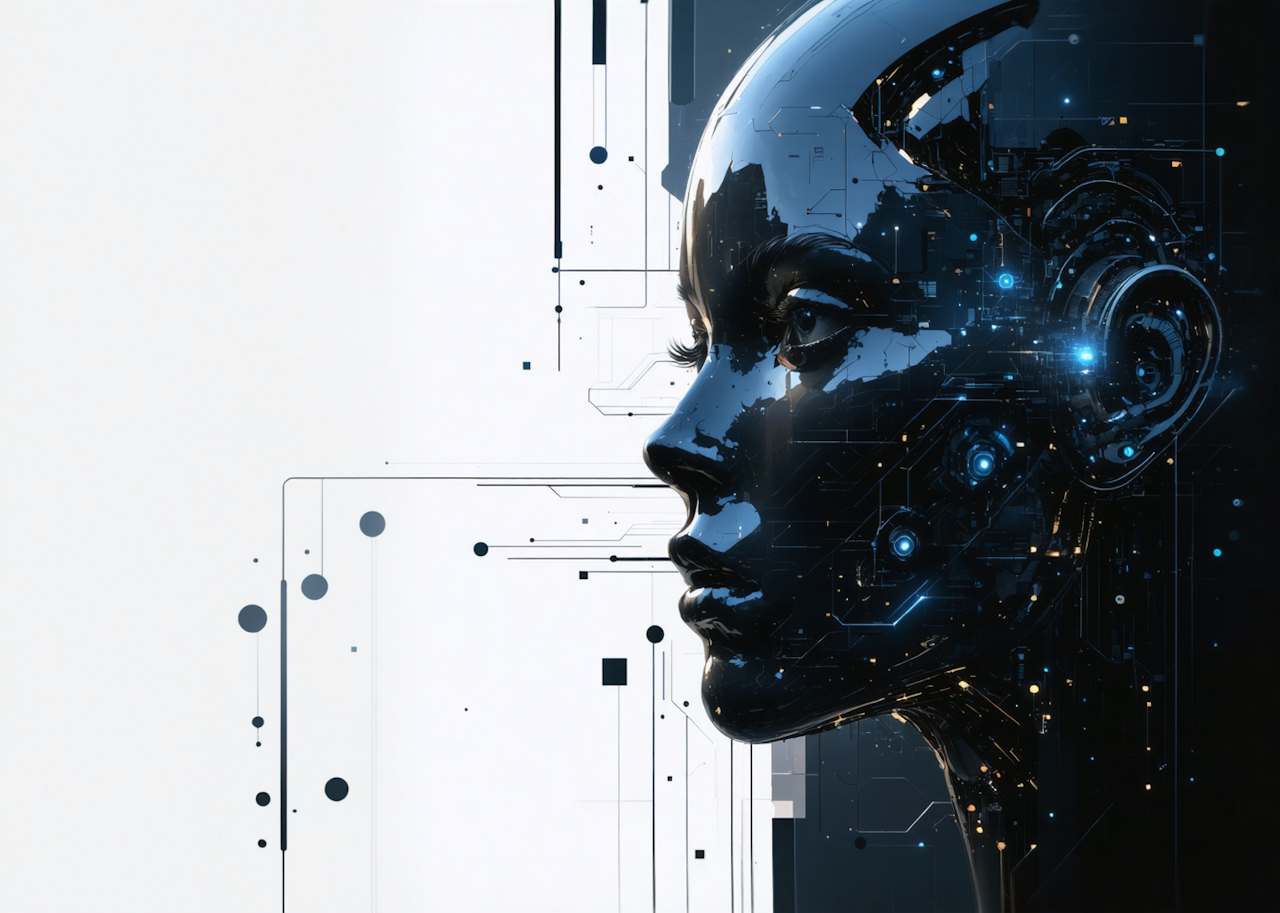We have covered a number of breakthroughs in robotics in just the past week alone – from superhuman vision to working in labs. As machines increasingly blur the line between science fiction and reality, the concept of physical intelligence in AI and robotics is redefining the boundaries of what automated systems can achieve.
At the forefront of this transformative wave is a billion-dollar startup, aptly named Physical Intelligence, which is pioneering advancements in how robots perceive and interact with their environment. This article unpacks the latest developments, key stakeholders, and the potential impacts of these innovations on the AI and robotics landscape.
Introduction to Physical Intelligence
Physical intelligence represents a paradigm shift in AI and robotics, focusing on the ability of machines to understand and navigate the physical world with the same fluidity and adaptability as living organisms. This approach emphasises sensory and motor skills, enabling robots to perform tasks with a level of dexterity previously unattainable. At the heart of this movement is the startup Physical Intelligence, whose mission is to create a universal AI model that can be integrated into any robotic system, enhancing its capability to operate in complex environments.
Founded in San Francisco, Physical Intelligence has quickly garnered attention for its ambitious goal of developing ‘brains’ for robots that allow them to perceive and interact with the world more intuitively. This innovation is pivotal, as it promises to revolutionise industries ranging from manufacturing to healthcare, where automation could lead to unprecedented efficiency and precision.
Key Developments and Investments
The startup’s remarkable progress has not gone unnoticed by the tech elite. It recently secured a staggering $400 million in funding, spearheaded by high−profile investors including Jeff Bezos and OpenAI. This financial backing underscores the confidence in Physical Intelligence′s potential to drive significant technological advancements. With its valuation now soaring to over $2 billion, the company is poised to become a major player in the AI sector, setting new benchmarks for innovation and market growth.
The capital injection will primarily fuel the development of their universal AI model, aiming to make it compatible with a wide array of robots. This model is expected to enhance the robots’ ability to perform complex tasks that require a nuanced understanding of human environments, thereby opening new avenues for automation across various sectors.
Technological Advancements
One of the standout features of Physical Intelligence’s technology is its focus on creating a universal AI model capable of teaching robots to interpret and respond to physical surroundings with sophisticated sensory input. This development promises to extend the application of robotics beyond traditional boundaries, making it possible for machines to undertake tasks that demand high levels of coordination and decision-making.
For instance, in the healthcare sector, robots equipped with this AI model could assist in delicate surgical procedures, reducing the risk of human error. In manufacturing, these robots could streamline assembly lines by adapting to changes in real-time, thereby enhancing productivity and reducing downtime.
Challenges and Future Prospects
Despite its promising outlook, Physical Intelligence faces several challenges. The integration of such advanced AI into existing robotic frameworks requires overcoming technical hurdles related to compatibility and real-time data processing. Additionally, market adoption could be slow as industries grapple with the costs and logistics of implementing these new technologies.
Looking ahead, the startup’s success in overcoming these challenges will likely set the stage for broader acceptance and implementation of physical intelligence across various sectors. The potential impact on the AI and robotics industry is profound, as it could lead to the creation of more autonomous and efficient systems capable of performing tasks that are currently beyond the reach of traditional robotics.
Weaving a New Era in Robotics
In the grand tapestry of AI evolution, the emergence of physical intelligence marks a significant chapter. By equipping robots with the capability to perceive and interact with their environment more naturally, Physical Intelligence is not only pushing the envelope of what machines can do but also redefining the future of automation itself. As this technology continues to evolve, it holds the promise of reshaping industries and enhancing the way humans interact with machines, heralding a new era of intelligent automation.
In Other News…
Government Agencies Advised to Weigh AI Failure Costs
Public sector organisations are being cautioned to assess the financial implications of artificial intelligence failures, emphasising the need for robust risk management strategies.
Read More
ChatGPT Gains Access to Mac Desktop Applications
OpenAI’s ChatGPT has been updated to interface with select macOS desktop applications, enhancing its utility for Mac users by integrating AI capabilities directly into their workflows.
Read More
AMD Announces 4% Workforce Reduction Amid AI Chip Development Focus
Advanced Micro Devices (AMD) plans to reduce its global workforce by 4% as it intensifies efforts in artificial intelligence chip development to compete with industry leaders.
Read More


